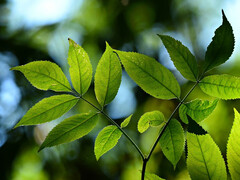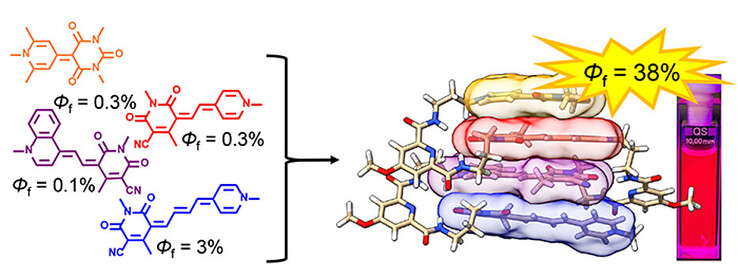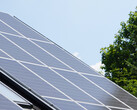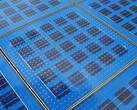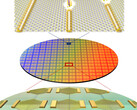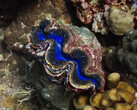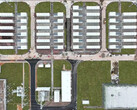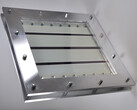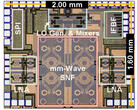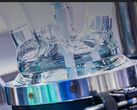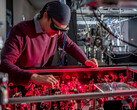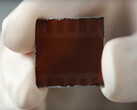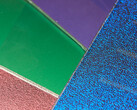Plants first capture light in order to convert its energy into the desired carbohydrates with maximum efficiency in a second step. A complex and almost impossible to replicate structure consisting of a wide variety of dyes in the form of pigments enables this process, in which the entire spectrum of visible light is captured.
Solar cells can also absorb a very broad spectrum of light, but must be arranged in many successive layers. A leaf, algae or cyanobacteria only need a fraction of the thickness for better efficiency. And they are also lightweight.
Researchers at the University of Würzburg have now combined both techniques. They were able to identify four different dyes that absorb light well. However, these are arranged in bands, comparable to the silicon layers in solar modules.
A special folding of the respective molecular chains, which are then placed on top of each other, is important for the most comprehensive absorption possible. In measurements with each individual dye, they were only able to absorb between 0.1 and 3 percent of the light energy. The team was completely different: a remarkable 38 percent of the light energy remained in the layer, which was only 100 nanometers thick - a thousand times thinner than a human hair.
This was measured using fluorescence and the quantum yield that could be determined. This confirmed the outstanding value of 38 percent. This is certainly less than a leaf, but already in the range of the best solar modules ever constructed in the laboratory. Now all that is needed is a way to harness this energy.




